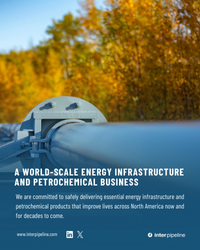ESG is quickly becoming one of the most frequently used acronyms in energy-company Zoom calls and quarterly earnings calls, joining the ranks of oldies-but-goodies like WTI, Bcf, and NGLs. Everyone — including investors — is pushing hydrocarbon producers, midstreamers, and end-users to improve their “environmental, social, and governance” performance nowadays. It’s not always easy, though, especially when the greener, pro-planet thing to do is a lot more expensive. The good news is that there are at least a few potential win-win opportunities out there where companies can both reduce their carbon footprint and save money. In today’s blog we’ll discuss why, in some situations, CNG makes sense as a clean fuel for use as a potential replacement for diesel, propane, and fuel oil in a wide range of energy, mining, forestry, and utility settings.
We haven’t covered CNG since our blog, Truckin’, in 2017, and that feels like 40 years ago, not four, so let’s start at the beginning, with a brief overview of the necessary elements of bulk CNG operations. The picture in Figure 1 helps illustrate the process.
Figure 1. CNG Process. Source: CNG Virtual Pipeline - Virtual Natural Gas Pipeline | Certarus
The CNG chain begins with a compressor connection to a supply source: an existing natural gas pipeline. The compressor is used to compress the natural gas to less than 1% of its volume into high-strength vessels fitted within a trailer like the ones pictured below. This ain’t your grandpa’s trailer, though; current composite materials enable these trailers to hold up to 500 Mcf of natural gas each. At atmospheric pressure that would be the volume equivalent of a swimming pool as big as a football field and 10 feet deep. So, of course, the pressure inside these things is extremely high (up to 3600 PSI) and decompression is required at the point of use. To do that, regulators and heaters are employed to bring the natural gas back into the usable operating range for the given end use (somewhere in the range of 150-250 PSI).
Join Backstage Pass to Read Full Article












